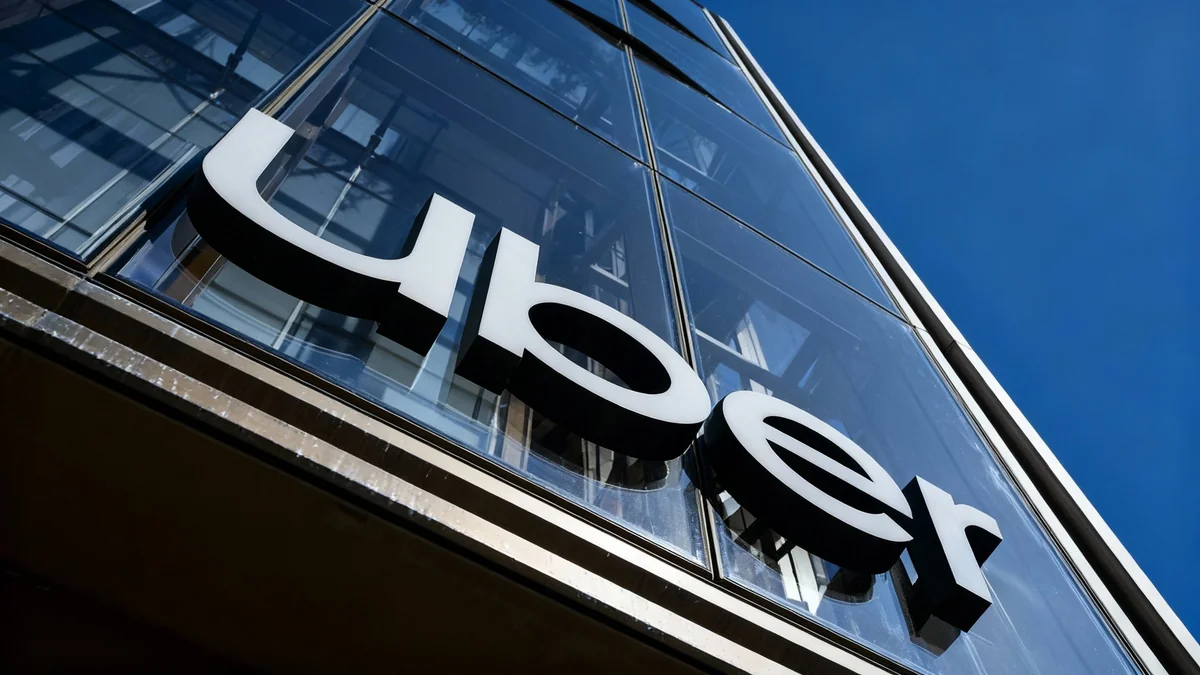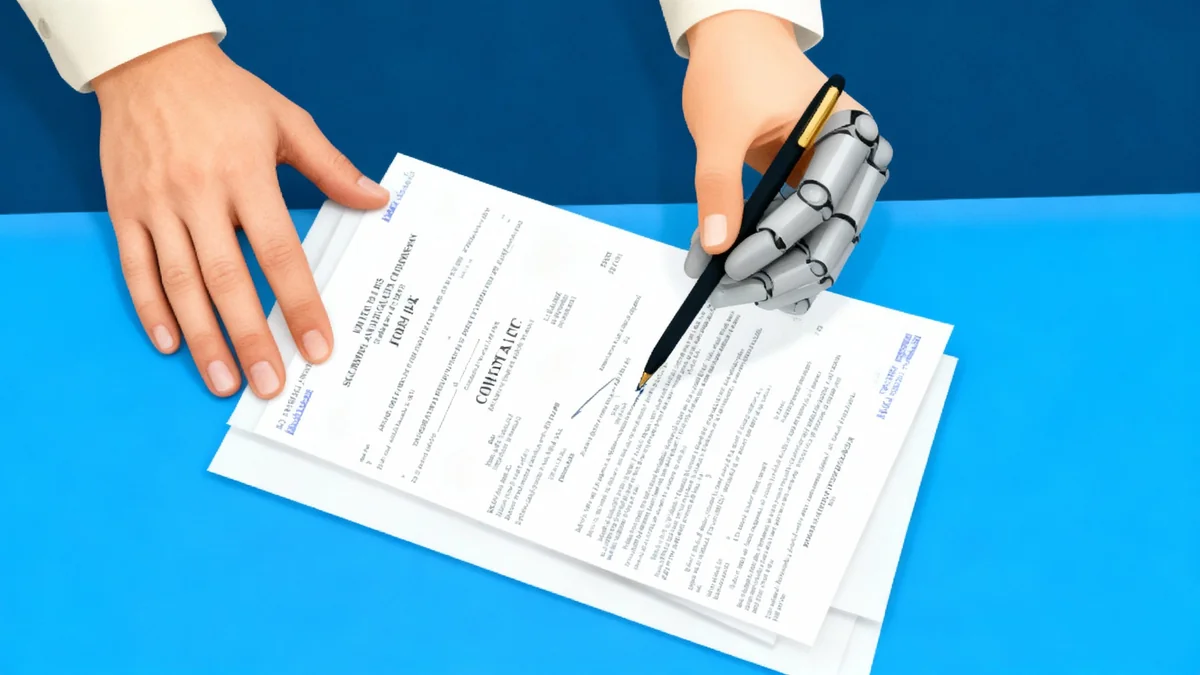Uber Technologies Inc. has announced a new feature for some of its drivers in the United States, providing them with an alternative way to earn money. The company plans to introduce "digital tasks," which involve data labeling for its artificial intelligence division, directly within the Uber driver application later this fall.
Key Takeaways
- Uber is launching a new job category called "digital tasks" for select US drivers.
- The tasks involve data labeling to support the company's AI development efforts.
- Drivers can complete these short assignments, which take only a few minutes, to earn extra money.
- The feature will be integrated into the existing Uber driver app and is scheduled to roll out later this fall.
A New Earning Stream for Drivers
Uber is preparing to roll out a new earning option for its extensive network of drivers in the United States. The initiative, branded as "digital tasks," will allow participating drivers to earn money by performing simple assignments related to data processing. According to the company, this new category will appear as an option within the standard Uber driver app.
The tasks are designed to be brief and can be completed in just a few minutes, offering a flexible way for drivers to supplement their income during downtime. This move represents a diversification of the types of work available on the Uber platform, moving beyond its core services of ride-hailing and delivery.
What is Data Labeling?
Data labeling is the process of identifying and tagging raw data, such as images, text, or sounds, to help machine learning models understand and learn from it. For example, a task might involve drawing boxes around pedestrians and vehicles in a photo to train an autonomous driving algorithm. This human-annotated data is fundamental for building accurate and reliable AI systems.
Supporting Uber's AI Ambitions
The introduction of digital tasks is directly linked to Uber's growing focus on artificial intelligence. By creating an internal workforce for data labeling, the company can efficiently process the vast amounts of data required to train and refine its AI models. These models are crucial for various aspects of its operations, from route optimization and demand prediction to the development of future technologies.
This initiative allows Uber to tap into its existing pool of registered drivers, creating a scalable and on-demand resource for its data needs. The company sees this as a strategic advantage in the competitive landscape of AI development, where high-quality labeled data is a critical asset.
The Human Element in AI
While artificial intelligence can automate many processes, its development heavily relies on human input. Services like Amazon Mechanical Turk have demonstrated the market for micro-tasks, where humans perform small, discrete jobs that are difficult for computers. Uber's new feature follows a similar model, but keeps the work within its own ecosystem.
How the Program Will Function
For drivers who are part of the initial rollout, the "digital tasks" option will become visible in their app. They will be able to view and select from available assignments. The company has emphasized that these tasks are simple and do not require specialized skills.
Key Features of the Program:
- Integration: The tasks will be accessible directly through the Uber driver app, eliminating the need for a separate platform.
- Flexibility: Drivers can choose to complete tasks at their convenience, such as while waiting for a ride request.
- Simplicity: The assignments are designed to be straightforward and quick to complete.
- Supplementary Income: The program is positioned as a way for drivers to make a few extra dollars, rather than as a primary source of income.
The company confirmed that the feature is intended to provide "the opportunity to make a few bucks" by taking on simple assignments that can be completed within minutes.
Implications for the Gig Economy
Uber's move into micro-tasks could signal a broader trend within the gig economy. As companies with large, distributed workforces look for ways to optimize their operations and leverage their human resources, they may increasingly offer a wider variety of tasks beyond their original business model. This could provide gig workers with more diverse earning opportunities and greater income stability.
However, it also raises questions about the nature of gig work and compensation for such tasks. The pay for micro-tasks is typically low, and the success of Uber's program will likely depend on how drivers perceive the value of their time spent on these assignments versus waiting for higher-paying ride or delivery requests.
The program leverages a workforce that is already engaged with the Uber platform, potentially creating a more efficient data labeling pipeline than relying on external third-party services. This strategic decision aligns with a broader industry trend where technology companies are seeking to build and control more of their essential infrastructure, including the human-powered components of AI development.





